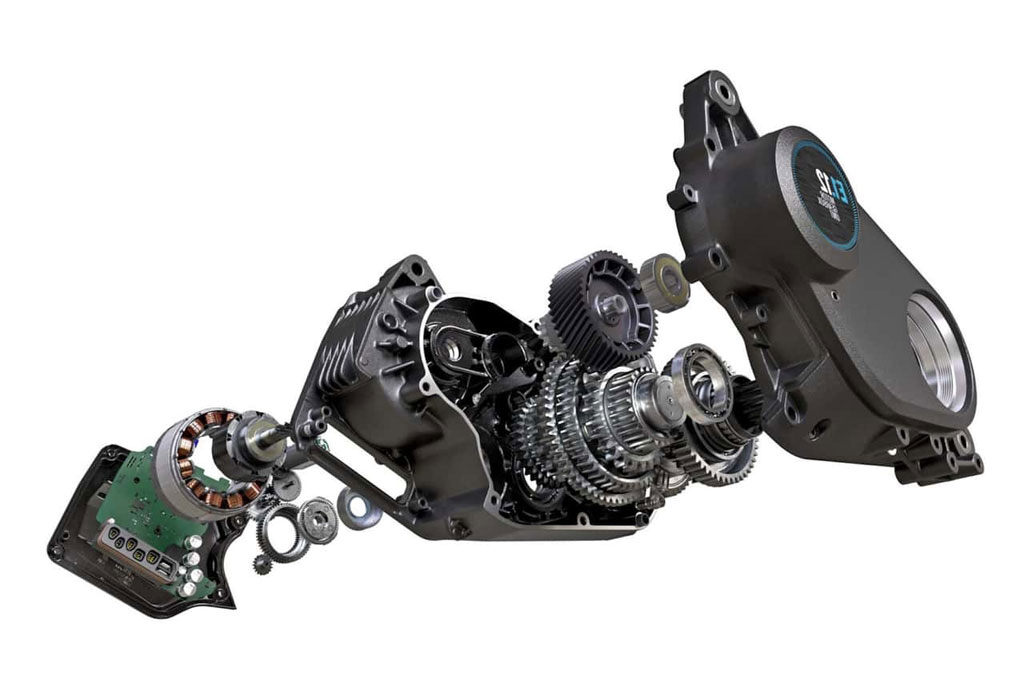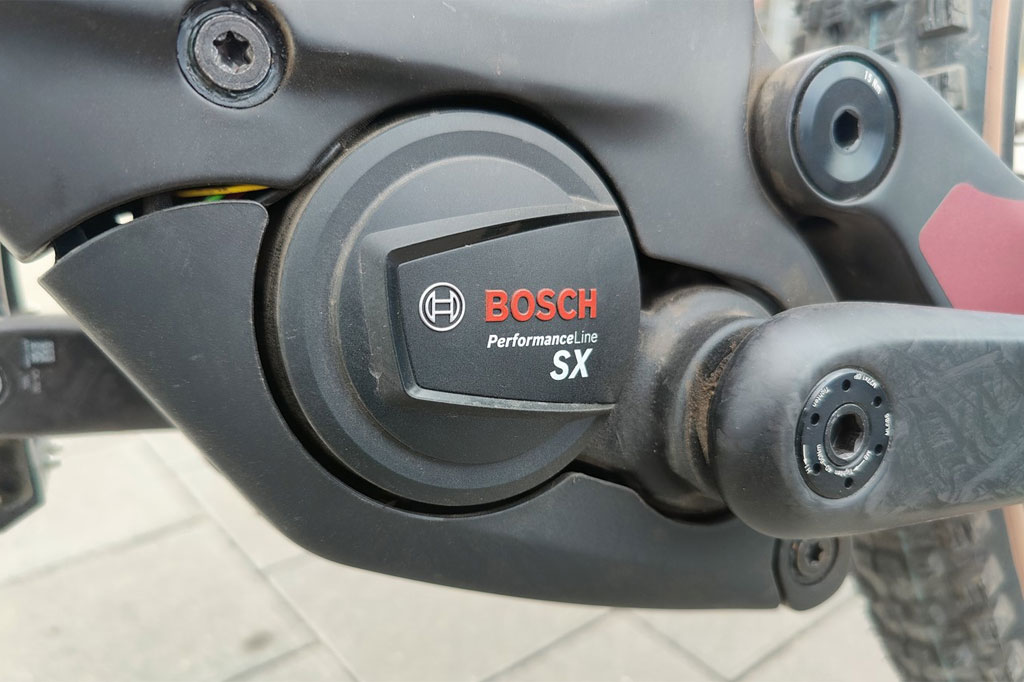Die casting has emerged as one of the most efficient and effective methods for manufacturing motor housings. Its ability to deliver precision, durability, and cost efficiency makes it a go-to solution for industries that rely on motors, including automotive, industrial machinery, and consumer electronics.
From the initial design stage to full-scale production, die casting provides a streamlined approach that optimizes both time and resources.
Motor Housings’ Function in Contemporary Manufacturing
Motor housings play a crucial role in shielding internal motor components from environmental factors such as moisture, dust, and mechanical impact.
They also help dissipate heat, which keeps the engine operating smoothly and prevents overheating. As motors are a vital part of many devices and vehicles, the demand for durable and reliable motor housings is high.
The challenge lies in creating motor housings that are not only strong and lightweight but also cost-effective to produce at scale. This is where die casting service provides a solution that bridges both design and manufacturing needs.
The Advantages of Die Casting for Motor Housings

Design Flexibility
Die casting’s flexibility in design is one of its main benefits. The procedure makes it possible to create elaborate features and complex geometries, which are frequently required for motor housings. Whether the design requires thin walls for weight reduction or integrated components to reduce the number of separate parts, die casting can handle it all with precision.
Engineers can work with CAD software to create highly detailed molds that are translated directly into the die casting process. This design precision minimizes the need for secondary machining or post-processing, saving both time and money in production.
Material Selection and Durability
According to the ebike motor housing material, the commonly used die casting process can include aluminum die casting, and magnesium die casting. Aluminum, in particular, is widely used for motor housings due to its excellent thermal conductivity, which helps in heat dissipation, and its corrosion resistance, which ensures longevity.
These materials, when combined with the die-casting process, create motor housings that are not only durable but also lighter than those produced using other methods, such as steel fabrication or traditional machining.
Cost-Efficient Production
When it comes to manufacturing at scale, die casting offers a cost-effective solution. After the mold (or die) is made, the production process can be automated, requiring less human involvement for high-volume runs. This reduces labor costs and ensures consistency across each unit produced.
Additionally, the ability to produce net-shape parts (parts that require little to no finishing work) significantly reduces the costs associated with post-production treatments. This makes die casting especially attractive for industries that need to produce thousands of motor housings quickly and efficiently.
How Die Casting Streamlines the Production Process
Efficient Prototyping and Design Verification
Before moving into full-scale production, die casting allows for rapid prototyping. This means manufacturers can quickly produce prototypes to test for fit, function, and performance. Adjustments can be made to the mold or material without a complete overhaul of the process, enabling manufacturers to optimize the motor housing design before committing to mass production.
High-Speed Production
Once the design has been verified and the die is created, die casting provides high-speed production capabilities. The automated nature of the process ensures that thousands of identical parts can be produced in a short period, making it ideal for high-demand industries.
The rapid cooling of the molten metal inside the die also reduces the overall cycle time, allowing for faster turnaround times compared to traditional casting or machining methods.
Consistent Quality Control
One of the significant advantages of die casting is its ability to maintain tight tolerances and consistent quality across all units.
Die casting reduces the possibility of errors or faults by ensuring that every motor housing manufactured meets exact specifications. This level of precision ensures that motor housings can fit perfectly into the motor assembly without additional adjustments.
Environmental Considerations in Die Casting
As industries move toward more sustainable manufacturing practices, die casting has been recognized for its environmental benefits. Many of the materials used, such as aluminum and zinc, are recyclable, making it possible to reuse excess metal without wasting resources.
Additionally, the efficient nature of the process means that energy consumption is lower compared to other manufacturing methods that require more extensive post-processing.





